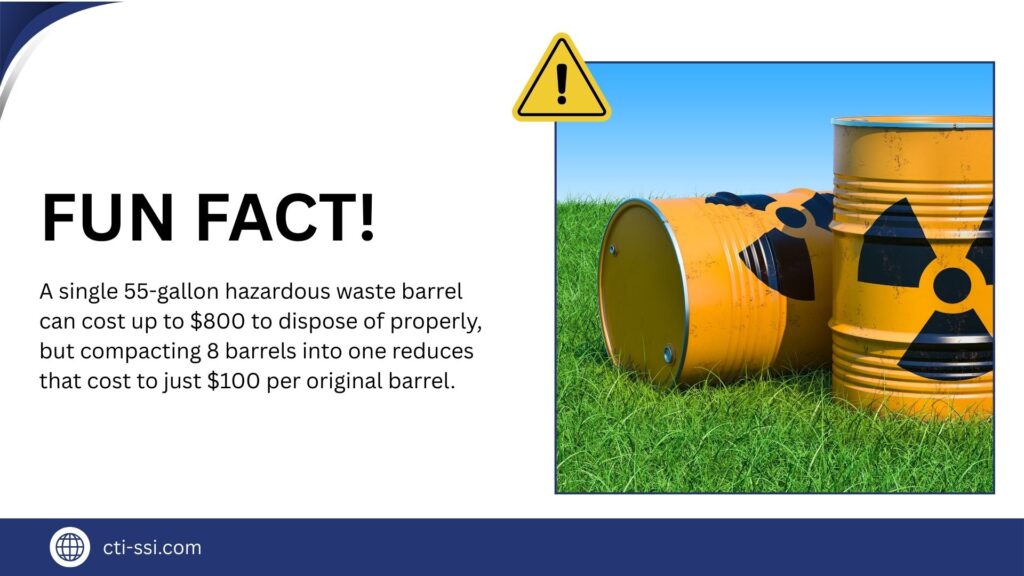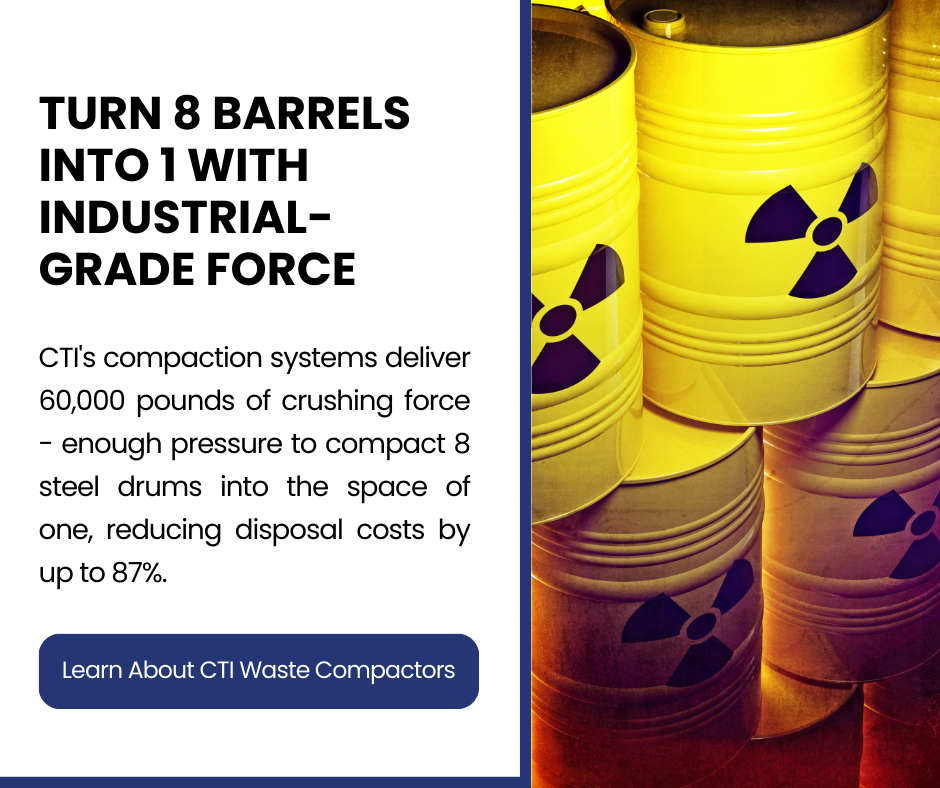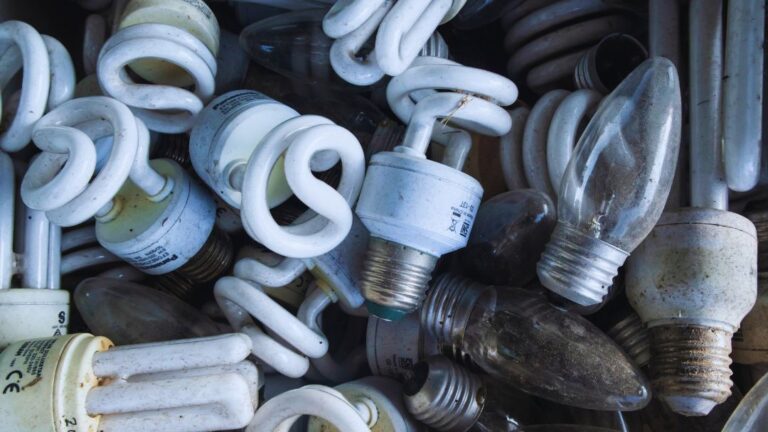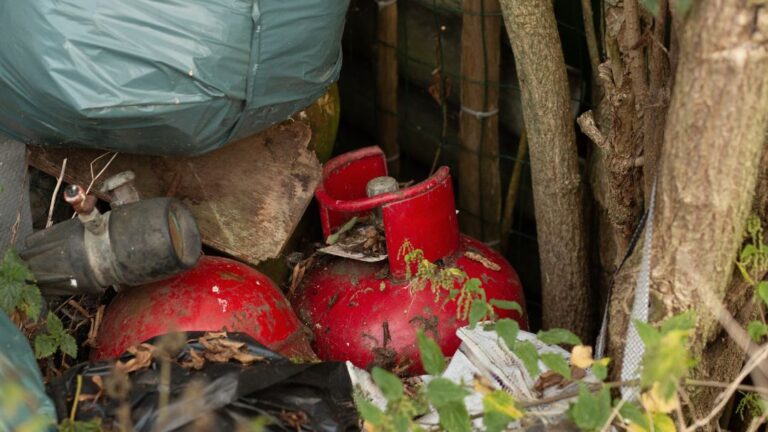In a 2023 study by the Environmental Protection Agency, it was found that nearly 78% of industrial facilities stored hazardous materials without the proper compaction systems.
The importance of managing hazardous waste barrels is more about keeping your workers and environment safe rather than following the rules.
This guide covers everything you need to know about hazardous waste barrel handling, from basic safety requirements to advanced liquid waste disposal methods that can cut your costs in half.
What Makes Hazardous Waste Barrel Management Critical
Hazardous waste barrels contain some of the most dangerous materials your facility handles daily and one mistake with storage or disposal can make you pay fines which reach even six figures.
The Resource Conservation and Recovery Act (RCRA) sets strict rules for how you handle these containers. Every drum must meet specific standards for labeling, storage, and eventual disposal.
Most facilities generate hazardous waste through normal operations like equipment cleaning, manufacturing processes, and maintenance work. These materials end up in barrels that need proper management from day one.

Legal Requirements You Can’t Ignore
RCRA covers every aspect of hazardous waste barrel management. Large quantity generators face the strictest requirements, but even small facilities must follow basic safety rules.
Your facility needs proper documentation for every barrel from the moment it gets filled until final disposal. Missing paperwork costs more than proper systems.
The EPA doesn’t give warnings for hazardous waste violations. First-time offenders get hit with the same penalties as repeat violators.
Common Sources of Barrel Waste
Manufacturing plants fill the most hazardous waste barrels through production activities. Metal working shops generate barrels full of contaminated cutting fluids and solvents.
Maintenance departments create barrel waste when they clean equipment with chemical degreasers. Auto shops fill drums with waste oil, spent filters, and contaminated materials.
Even office buildings generate hazardous barrel waste through old electronics and fluorescent bulbs that need special handling.
Understanding Characteristics of Hazardous Waste in Barrels
So, what are the characteristics of hazardous waste?
The EPA defines four main types of hazardous waste that commonly end up in barrels. Each type needs different handling methods and storage requirements.
Waste Type | Main Danger | Common Examples |
Ignitable | Fire/explosion risk | Solvents, paint waste, cleaning fluids |
Corrosive | Chemical burns | Battery acid, metal cleaners, rust removers |
Reactive | Unstable reactions | Expired chemicals, metal powders |
Toxic | Health hazards | Lead paint, mercury devices, pesticides |
Ignitable Waste Barrels
Ignitable materials catch fire way too easily. Anything with a flash point below 140°F automatically becomes regulated hazardous waste that needs special barrel handling.
Paint shops and parts cleaning operations generate most ignitable barrel waste. These facilities deal with solvents and thinners that create serious fire risks when stored improperly.
Smart facilities use proper grounding and bonding when transferring ignitable materials to barrels. Static electricity can turn a routine operation into a disaster.
Corrosive Materials in Drums
Corrosive waste eats through regular containers in months. The EPA gets strict about pH levels – anything below 2 or above 12.5 needs hazardous waste barrel protocols.
Battery recycling operations fill barrels with acid that can eat through concrete floors. Proper container selection saves thousands in cleanup costs when leaks happen.
Metal finishing shops generate alkaline waste that burns skin on contact. These materials need specialized barrel liners and handling equipment.
Reactive Waste Storage Challenges
Reactive materials don’t need much to create dangerous reactions. Temperature changes, moisture, or mixing with other chemicals can cause explosions or toxic gas release.
Old laboratory chemicals become reactive waste once they expire. These materials need immediate barrel storage away from heat sources and incompatible materials.
Metal powder waste reacts violently with water. Moisture-proof barrels prevent dangerous hydrogen gas buildup that can cause explosions.

Types of Hazardous Waste Commonly Found in Barrels
A recent industry survey showed that 43% of facilities incorrectly classify their barrel waste, leading to improper disposal and regulatory violations.
Different industries generate specific types of hazardous barrel waste based on their operations. Understanding these patterns helps facilities plan better storage and disposal strategies.
- Manufacturing Waste Streams
Metal fabrication shops generate barrels of waste cutting fluids contaminated with heavy metals. These liquids often qualify as both toxic and ignitable waste depending on their composition.
Chemical plants fill barrels with off-specification products and process residues. Many of these materials exhibit multiple hazardous characteristics that complicate disposal.
Electronics manufacturers generate barrels of etching solutions and plating waste containing precious metals and toxic compounds.
Industry | Common Barrel Waste | Primary Hazard |
Metal Fabrication | Cutting fluids, degreasers | Toxic, ignitable |
Chemical Processing | Off-spec products, residues | Multiple characteristics |
Electronics | Etching solutions, plating waste | Toxic metals |
- Maintenance Operation Waste
Facility maintenance generates huge volumes of hazardous barrel waste through equipment cleaning and repair activities. Most maintenance crews don’t realize how much regulated waste they create.
Solvent cleaning operations fill barrels with contaminated degreasing agents. These materials usually qualify as ignitable waste that needs proper storage and disposal.
HVAC maintenance creates barrels of refrigerant oils and cleaning solvents. Many of these materials contain ozone-depleting substances with additional regulatory requirements.
Liquid Waste Disposal Solutions for Barrels
Liquid waste costs more to dispose of than solid materials. Smart facilities invest in treatment systems that convert liquids to less expensive solid waste forms.
Dewatering equipment removes water from liquid waste streams before barrel storage. This process can cut disposal costs by 60% or more depending on the waste composition.
Some facilities use evaporation systems to concentrate liquid waste in barrels. These systems reduce volumes while maintaining regulatory compliance for final disposal.
Liquid Waste Removal Systems
Advanced liquid waste removal systems can handle multiple types of hazardous materials safely. These systems use specialized pumps and filtration to separate different waste components.
NEMA-rated equipment handles flammable liquids without creating ignition sources. Explosion-proof systems meet safety requirements for handling ignitable barrel waste.
Automated liquid removal reduces worker exposure to hazardous materials. Remote operation keeps personnel away from dangerous vapors and spills during barrel processing.
Non-Hazardous Waste vs Hazardous Waste Barrels
Many facilities mix non-hazardous waste with hazardous materials in the same barrels. This mistake turns cheap disposal into expensive hazardous waste management.
Segregation at the source prevents unnecessary hazardous waste classification. Simple changes in handling procedures can cut disposal costs dramatically.
Training workers to identify hazardous materials prevents contamination of non-hazardous waste streams. This knowledge saves thousands in disposal fees every year.
Proper Segregation Methods
Color-coded barrels help workers separate different waste types correctly. Visual systems reduce mistakes that create expensive mixed waste streams.
Clear labeling requirements ensure everyone knows what goes in each barrel. Proper signage prevents contamination that makes the entire drum hazardous waste.
Regular audits catch segregation problems before they create compliance issues. Monthly checks identify training needs and system improvements.
Carbon Filtration System Applications
Carbon filtration systems control vapors from hazardous waste barrels during storage and processing. These systems protect workers and prevent environmental releases.
Activated carbon filtration removes organic vapors that can create health hazards or ignition risks. Proper filtration systems meet OSHA requirements for worker protection.
VOC control systems capture emissions from barrel handling operations. These systems often pay for themselves through reduced disposal costs and regulatory compliance.
- Activated Carbon Filtration Benefits
Activated carbon filtration systems handle multiple types of hazardous vapors from barrel operations. These systems provide consistent performance across different waste streams.
HEPA and carbon combination systems achieve 99.97% efficiency for particles and vapors. This level of control meets the strictest environmental requirements.
Automatic monitoring systems track filter performance and alert operators when replacement is needed. This prevents breakthroughs that could create compliance problems.
Advanced Barrel Compaction Solutions
A 2024 engineering study found that proper barrel compaction can reduce hazardous waste volumes by up to 8:1 while maintaining all safety requirements.
Compaction equipment designed for hazardous waste barrels includes specialized safety features. These systems prevent dangerous reactions while maximizing volume reduction.

CTI’s barrel compaction systems handle steel drums safely with forces up to 60,000 pounds. These machines reduce storage space requirements and transportation costs significantly.
Safety Features for Hazardous Materials
Explosion-proof electrical components prevent ignition of flammable vapors during barrel compaction. NEMA 7 ratings ensure safe operation in hazardous environments.
Integrated fire suppression systems provide automatic protection during compaction operations. These systems detect dangerous conditions and respond instantly.
Vapor containment systems capture emissions released during barrel crushing. Advanced filtration prevents worker exposure and environmental releases.
Safety Feature | Purpose | Benefit |
Explosion-proof components | Prevent ignition | Safe flammable waste handling |
Fire suppression | Emergency protection | Automatic hazard response |
Vapor containment | Control emissions | Worker and environmental safety |
Regulatory Compliance for Barrel Operations
The EPA doesn’t accept excuses when it comes to hazardous waste barrel documentation. Every container needs proper paperwork from filling through final disposal.
Waste characterization records prove you classified your barrel contents correctly. These documents become evidence if regulatory problems develop later.
Manifest systems track every barrel through the disposal chain. Electronic manifests reduce paperwork errors that create compliance headaches.
- Documentation Requirements
Daily inspection logs document barrel condition and storage area compliance. These records show regulators that you maintain proper oversight.
Training records prove your workers know how to handle hazardous waste barrels safely. The EPA expects documented proof of employee competency.
Emergency response plans outline procedures for barrel spills and accidents. These plans must cover different waste types and potential emergency scenarios.
Cost-Effective Barrel Management Strategies
Smart barrel management reduces disposal costs while maintaining full regulatory compliance. The right equipment and procedures can cut expenses by 50% or more.
Volume reduction through compaction equipment dramatically lowers transportation and disposal fees. Smaller volumes mean fewer trips and lower costs.
Treatment systems convert liquid barrel waste to solid forms with cheaper disposal options. Solidification and dewatering pay for themselves quickly.
- Equipment Investment Benefits
Professional barrel handling equipment prevents worker injuries and regulatory violations. Safety features protect your most valuable assets – your people.
Automated systems reduce labor costs while improving consistency. Machines don’t make the human errors that create compliance problems.
Advanced filtration protects workers and the environment while meeting all regulatory requirements. These systems prevent expensive cleanup costs.
Emergency Response for Barrel Incidents
When hazardous waste barrels leak or spill, you have minutes to control the situation properly. Wrong responses turn small problems into major environmental disasters.
Different waste types need completely different emergency procedures. What works for ignitable spills can make corrosive accidents much worse.
Proper emergency equipment must be readily available near barrel storage areas. Workers need immediate access to spill control materials and safety gear.
- Spill Control Procedures
Corrosive spills from barrels require immediate pH neutralization before cleanup begins. Acid waste can eat through floors and equipment in minutes.
Ignitable material spills need elimination of all heat sources before containment. Static electricity from cleanup activities can ignite vapors.
Toxic waste releases require immediate area evacuation and professional cleanup crews. Don’t risk worker health trying to clean up dangerous materials.
Hazardous Waste Barrel: What You Need To Know
Proper hazardous waste barrel management protects your facility from expensive fines while keeping workers safe. The four main types of hazardous waste each require different handling approaches and safety precautions.
Smart facilities invest in professional equipment that reduces volumes and disposal costs. Compaction systems, filtration equipment, and liquid removal technology pay for themselves through lower operating expenses.
CTI Safety Storage specializes in hazardous waste barrel compaction solutions that help facilities reduce costs while maintaining safety. Our equipment handles all types of hazardous materials with advanced safety features and proven reliability.
Contact our team today to learn how our barrel compaction systems can reduce your hazardous waste management costs while improving safety and compliance.




